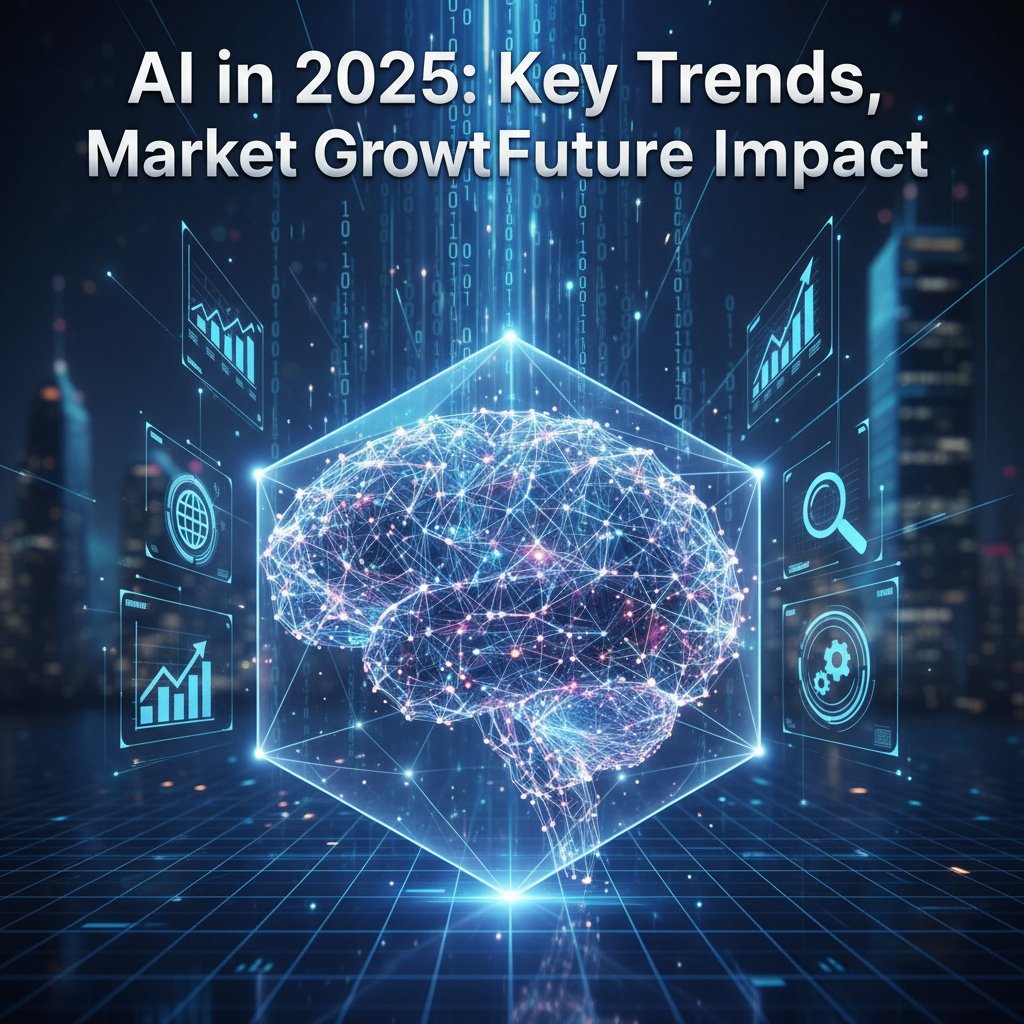As artificial intelligence continues to shape the future of technology, the importance of open-source AI frameworks has never been more significant. These frameworks democratize access to advanced AI tools, fostering innovation among developers, researchers, and enterprises alike. With rapid advancements anticipated in 2025, choosing the right open-source framework can dramatically influence project success, development speed, and scalability. This article explores the leading open-source AI frameworks that are poised to dominate in 2025, examining their features, community support, adaptability, and how they are transforming AI development today and into the near future. Whether you’re a seasoned AI researcher or a startup founder, understanding these frameworks will help you stay ahead in this dynamic field.
Robustness and Flexibility for Diverse AI Tasks
One of the most critical factors in selecting an AI framework is its ability to handle a wide range of tasks—from natural language processing (NLP) and computer vision to reinforcement learning and generative models. Frameworks like TensorFlow and PyTorch have long been staples thanks to their versatility, extensive libraries, and community-driven extensions. In 2025, these platforms are expected to evolve with enhanced support for edge computing, enabling AI deployment on resource-constrained devices. Additionally, frameworks like JAX are gaining prominence for their high-performance numerical computing capabilities, especially for research that involves complex mathematical modeling. The choice of a framework in this category underscores a developer’s need for adaptability, ensuring that future AI applications remain scalable and interoperable across different domains and hardware architectures.
Community and Ecosystem Development
The strength of an open-source AI framework often lies in its community. Vibrant ecosystems foster collaboration, rapid troubleshooting, library sharing, and continuous innovation. Platforms like Hugging Face have revolutionized NLP by offering an extensive repository of pre-trained models and tools for fine-tuning, making state-of-the-art NLP accessible to all. This trend is set to accelerate in 2025, as open-source communities expand with contributions from industry giants, academic institutions, and independent developers. Frameworks such as FastAI are also gaining attention for their user-friendly APIs and integration capabilities, making AI development more approachable. Robust ecosystems not only ensure long-term sustainability but also accelerate the deployment of novel AI solutions, reducing barriers to entry for newcomers and fostering innovation across sectors.
Performance and Hardware Optimization
AI frameworks must efficiently utilize the ever-evolving hardware landscape, including GPUs, TPUs, and emerging specialized accelerators. In 2025, frameworks like TensorFlow and PyTorch are anticipated to incorporate advanced optimization techniques such as graph compilation, dynamic quantization, and automated hardware tuning. This results in faster training times and more efficient inference, which are crucial for real-time applications like autonomous vehicles or AI-powered healthcare diagnostics. Additionally, the emergence of frameworks that are designed with hardware-specific optimizations in mind—such as TVM—will enable researchers and developers to push AI capabilities further while maintaining energy efficiency. Prioritizing performance ensures that AI systems are scalable and responsive, critical factors for deploying AI solutions at enterprise levels.
Future-Proofing and Integration Capabilities
The landscape of AI development is constantly evolving, necessitating frameworks that are future-proof and designed for seamless integration. Open-source frameworks like OSAI and emerging hybrid solutions focus on interoperability with cloud services, data pipelines, and other AI tools, facilitating end-to-end AI workflows. This synergy allows developers to adapt quickly to new research findings, integrate with IoT devices, or incorporate privacy-preserving techniques like federated learning. In 2025, frameworks that emphasize modularity and API compatibility will dominate, allowing organizations to future-proof their investments. This focus on integration also simplifies migrations across different platforms and cloud providers, ensuring that AI solutions remain agile and sustainable amidst the fast-changing technological landscape.
In conclusion, 2025 promises a dynamic evolution in open-source AI frameworks, driven by need for flexibility, community support, performance, and future-ready integration. Frameworks like TensorFlow, PyTorch, Hugging Face, and emerging solutions will continue to play pivotal roles, empowering developers and organizations to innovate rapidly across diverse domains. The choice of framework depends on specific project needs—whether prioritizing versatility, ecosystem strength, hardware optimization, or seamless adaptation to future technologies. Staying informed about these developments will be essential for anyone involved in AI development, ensuring they leverage the best tools available to build impactful, scalable, and efficient AI systems in the years ahead. Embracing open-source solutions remains key to unlocking the full potential of artificial intelligence.











